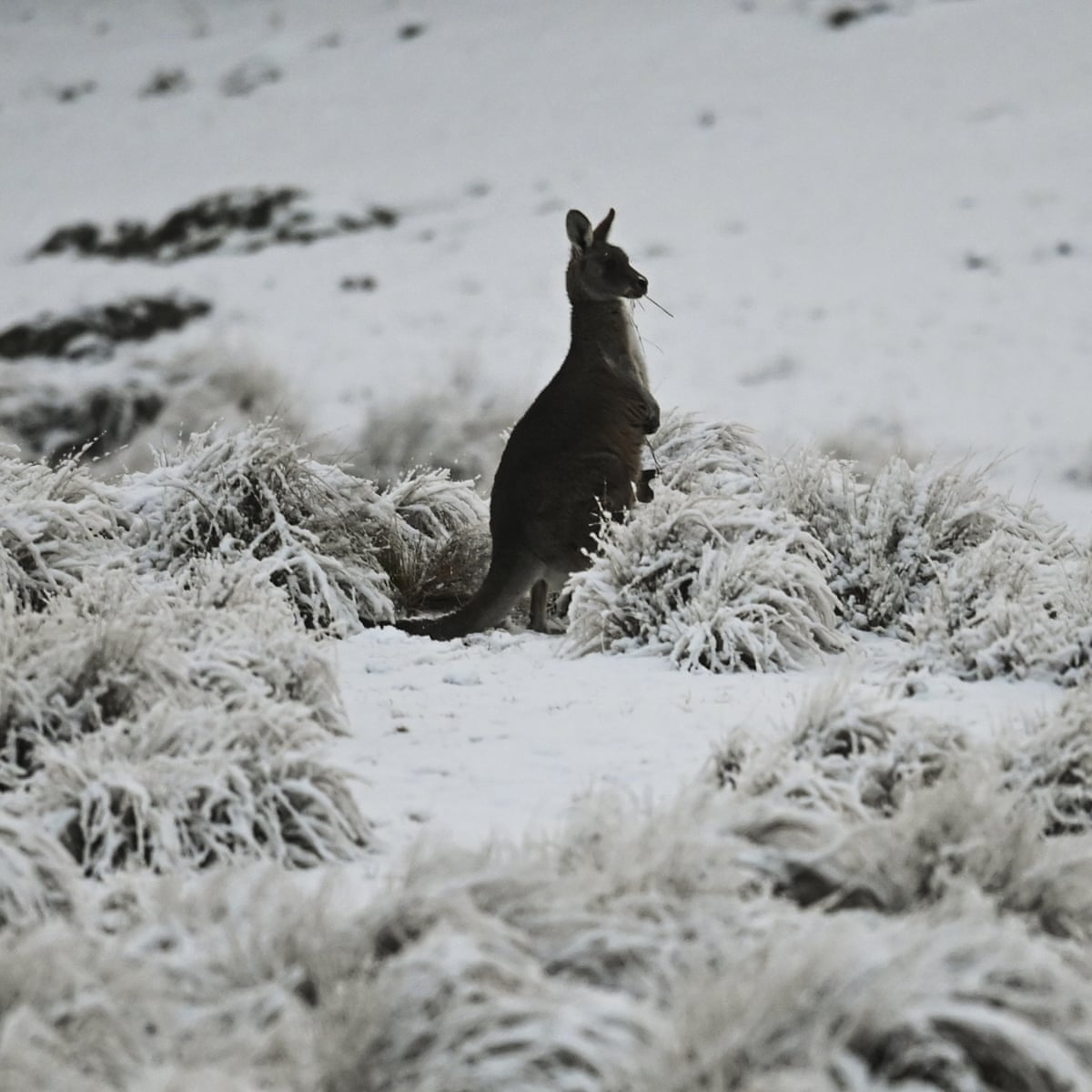Understanding the Importance of Snow in Australia for Agriculture and Tourism
While Australia is typically associated with sun-kissed coastlines and dry wilderness, it likewise boasts a wealth of snowy towering areas. As we explore this shocking crossway, the potential impact of shifting environment patterns on Australia's snowfall and its subsequent effects come to be an engaging focus.

The Unforeseen Snowfall: Australia's Alpine Regions
When winter months cloaks the globe, Australia's Towering areas don a white mantle of snow, a spectacle that seems nearly paradoxical in this dominantly sun-baked land. Unlike the stereotypical photo of Australia as a land of beaches and deserts, these regions use a surprising and stunning comparison. The Australian Alps, extending across New South Wales, Victoria, and the Australian Capital Area, get even more snowfall than Switzerland. This unforeseen winter season heaven offers an one-of-a-kind ecological community, giving a habitat for numerous indigenous types and a snowy playground for winter months sports fanatics. The yearly snowfall, although not as abundant as in some nations, is an important element of Australia's climate variety and plays a considerable role in the nation's farming techniques and tourism sector.
Winter months's Bounty: Snow's Contribution to Australia's Water Resources
In spite of its rarity in the more comprehensive landscape of Australia, snow in the Towering regions plays an essential function in the nation's water sources. This is specifically crucial for Australia, a continent frequently afflicted by droughts. Without the bounty of wintertime snow, Australia's water sources would certainly be dramatically stressed, influencing both the populace and the setting.
White Blanket, Green Fields: The Impact of Snow on Australian Farming
Although less noticeable, the impact of snow on Australian farming is substantial. Snowfall in the high nation works as an all-natural type of irrigation, slowly melting and offering a stable water supply to lower-lying farmland. This water-rich atmosphere promotes the development of durable crops, adding to the country's agricultural performance. Furthermore, snowfall improves soil health and wellness by introducing moisture and trapping nutrients, which are progressively launched as the snow melts. This procedure enriches the index dirt, cultivating the growth of healthier, much more durable crops. Additionally, snow cover works as a safety blanket, protecting the ground against extreme wintertime temperatures that might or else damage plants. Therefore, the role of snow in Australian farming is both crucial and diverse.

Money: Snow Tourist and Its Economic Relevance in Australia
While the worth of snow to Australian agriculture is typically undervalued, its contribution to the nation's tourism field is undeniably substantial. The snow-laden optimals of Australia's alpine areas draw in a flurry of travelers every winter, adding millions to the national economic climate. These site visitors take part in a variety of snow-based tasks, from snowboarding and snowboarding to snowshoeing and sledging. The flourishing snow tourism industry click over here has actually caused the creation of countless tasks, from ski trainers to resort staff, strengthening regional economic climates in the process. The earnings produced from snow tourist assists fund different framework projects and crucial services in these areas. Hence, the financial significance of snow Discover More Here tourist in Australia extends far past the inclines.
Future Projection: Environment Adjustment and Its Potential Impacts on Australia's Snowfall
As the globe faces the reality of climate modification, so too should Australia consider its possible results on the country's snowfall. Existing scientific designs anticipate a decline in Australian snowfall, with possibly severe influence on both farming and tourism. In some areas, the snow season might be shortened by up to 80 days by 2050. Such modifications intimidate the stability of Australia's ski industry, which adds substantially to the local economy. In a similar way, much less snowfall might likewise influence the country's agricultural market, as snowmelt plays an important function in watering crops. The potential effects of these adjustments underscore the necessity of environment modification reduction initiatives, both in Australia and worldwide.
Conclusion
In final thought, snow is a critical component of Australia's farming and tourism industries. It not only nurtures the nation's agricultural landscape yet likewise fuels its winter tourist sector. The impending hazard of climate change increases worries regarding the future of Australia's snowfall patterns, potentially interfering with these considerable financial markets. As a result, understanding and resolving these difficulties is essential for the sustainability of Australia's economy and ecological community.

When wintertime capes the globe, Australia's Towering regions put on a white mantle of snow, a phenomenon that seems nearly paradoxical in this dominantly sun-baked land.Despite its rarity in the more comprehensive landscape of Australia, snow in the Alpine regions plays a critical role in the nation's water sources. Without the bounty of winter snow, Australia's water resources would certainly be significantly strained, affecting both the populace and the environment.
Hence, the economic importance of snow tourist in Australia expands much past the inclines.
In final thought, snow is a crucial element of Australia's agricultural and tourism industries. Does It Snow In Australia.